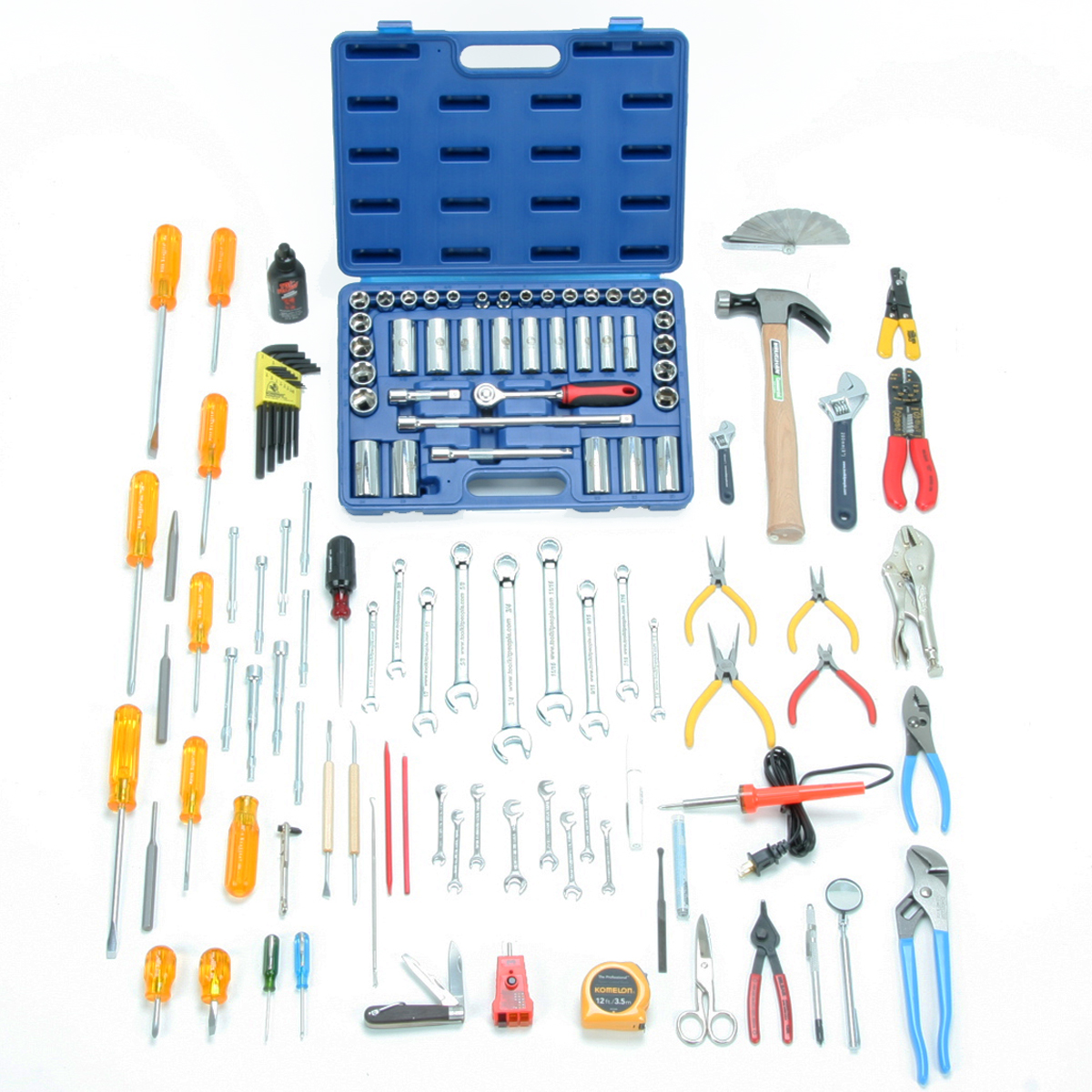A Kit is a set of Items required to do standard recurring tasks or maintenance. For example, an Electrician may always need the same set of Items to perform certain tasks. Using Kits is advantageous because the set of Items (a Kit) can be issued and tracked as a single Item, instead of issuing many individual Items each time. Kits are also flexible because the standard contents can be modified as required during check out / check in or via the Unique Kit Maintenance program.
A Kit may be created in the system to perform a certain task. If the task is not performed very often, then the Kit may be emptied when it is returned and the material in it placed back into general inventory. The next time the task is be performed the Kit can be re-filled and issued again. This prevents having material in the system permanently being unavailable for use because it is inside a Kit. Some operations have material permanently inside Kits, since the Kits are high usage, other operations have ‘temporary’ Kits, which are built, used, then emptied.
Normally a Template is first established in the system. Once the template has been established then the unique kit is created based on the template. The inventory is moved from the on-hand quantity for the item/tool to the kit at the time the kit is created in the system. Whether the template is a basic carpenter's kit, the items/tools required for a specific machine to run a specific job or a list of items/tools to perform maintenance on a plant valve the principal is the same.
